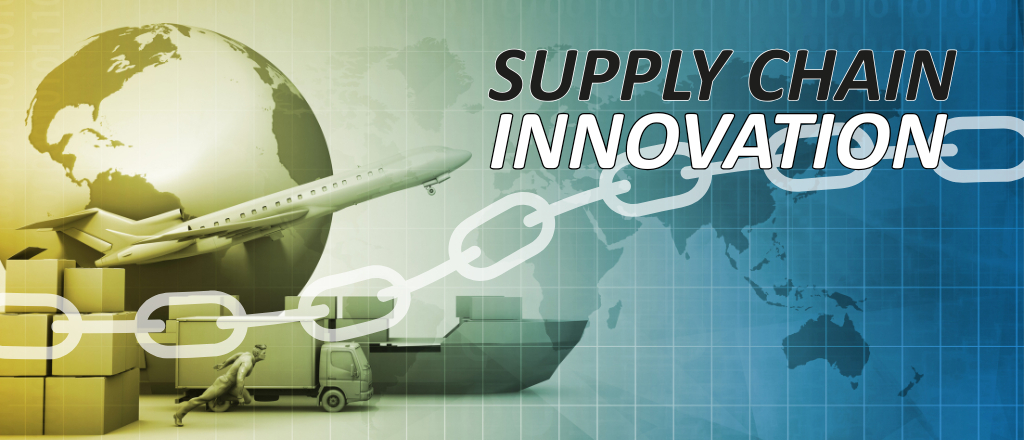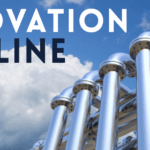The Impact of Tariff Policies
In recent years, American corporations have experienced a pronounced shift in their innovation focus, moving from technology-driven advancements to supply chain innovation. This transition is largely a response to sweeping tariff policies that have disrupted global trade flows and forced companies to rethink their operational strategies. While technology innovation once dominated corporate agendas, the complexities and uncertainties introduced by tariffs have made resilient, agile supply chains the new frontier for competitive advantage.
The imposition of broad tariffs on imported goods has directly increased costs for American businesses, particularly those dependent on global supply chains for raw materials, components, or finished products. These cost surges ripple through entire supply networks, eroding profit margins and creating price volatility that is often passed on to consumers. More critically, tariffs have undermined the predictability and efficiency of just-in-time inventory systems, compelling companies to re-evaluate their sourcing, logistics, and inventory management practices. As a result, the traditional emphasis on technology innovation, such as R&D for new products or process automation, has been supplanted by urgent efforts to redesign and fortify supply chains against ongoing disruption.
Supplier Diversification, Friendshoring, and Tariff Engineering are Strategies for Supply Chain Resilience
To adapt, corporations are investing in supply chain innovation through several key strategies. These include diversifying supplier bases to reduce reliance on any single country, relocating production facilities to tariff-free or politically allied regions (“friendshoring”), and employing tariff engineering- modifying products to fit into lower-duty classifications. For example, major retailers and manufacturers have shifted sourcing from China to countries like Vietnam and Mexico, or have brought some production closer to home to mitigate tariff exposure. Companies are also leveraging advanced technologies, such as AI-powered demand forecasting, real-time logistics tracking, and automated warehouses, to improve supply chain visibility, agility, and resilience. These innovations enable rapid responses to shifting trade policies and supply disruptions, marking a departure from the previous era’s focus on product-centric technological breakthroughs.
The effects of these tariff-driven changes extend beyond operational adjustments; they are reshaping the very nature of corporate innovation. While necessity has spurred creative solutions within supply chains, the broader impact on technology innovation is more ambiguous. On one hand, some firms have demonstrated “constraint-driven innovation,” developing new methods or products to circumvent trade barriers. On the other hand, the fragmentation of global markets and increased costs have reduced incentives for large-scale R&D investment, potentially stifling breakthroughs that require access to expansive markets and collaborative international ecosystems. This defensive posture may yield short-term resilience but risks diminishing the long-term pace of technological progress.





Strengthening Supply Chains: Ezassi’s Role in a Shifting Tariff Landscape
Ezassi offers a comprehensive suite of innovation management tools that can help R&D and procurement teams effectively navigate the new realities of supply-chain disruption and tariff-driven uncertainty. By leveraging Ezassi’s advanced technology scouting capabilities, procurement teams can rapidly identify alternative suppliers, next-generation materials, and automation tools, enabling them to diversify sourcing and mitigate risks associated with tariffs and global trade volatility. The platform’s AI-powered scouting and automated supplier assessments streamline the discovery and qualification of new vendors, reducing procurement lead times and ensuring supply continuity even as traditional networks are disrupted.
For R&D teams, Ezassi’s open innovation platform facilitates collaboration with external innovators, startups, and research institutions, accelerating the discovery of breakthrough technologies and sustainable alternatives that align with evolving supply-chain strategies. The software’s ability to manage ideation, technology scouting, and innovation challenges in a single platform empowers organizations to act with speed and agility, rapidly mobilizing innovation initiatives in response to shifting market conditions.
Additionally, Ezassi supports strategic initiatives such as nearshoring and reshoring by providing insights into emerging manufacturing technologies and helping teams evaluate the feasibility of relocating production to more stable or tariff-free regions. Its predictive analytics and risk analysis features enable companies to anticipate and plan for disruptions, while its focus on sustainability and ESG compliance helps procurement leaders source eco-friendly materials and build resilient, future-proof supply chains.
In summary, the current tariff environment has catalyzed a paradigm shift in American corporate innovation, from a primary focus on technology to a strategic emphasis on supply chain resilience and adaptability.

While this shift has driven substantial investment in supply chain innovation- encompassing supplier diversification, logistics transformation, and digital integration- it has also introduced new challenges for technology-driven growth. As companies continue to navigate tariff-induced uncertainty, the ability to innovate within supply chains may well determine their future competitiveness, but it remains to be seen whether this comes at the expense of broader technological advancement.
By fostering stronger supplier relationships and positioning organizations as customers of choice, Ezassi not only enhances supply chain resilience but also accelerates the commercialization of supplier-driven innovations, giving companies a significant market advantage in a rapidly changing landscape.

Let’s talk about how Ezassi equips R&D and procurement teams with the digital tools, intelligence, and collaborative capabilities needed to thrive amid ongoing supply chain challenges and regulatory shifts.






